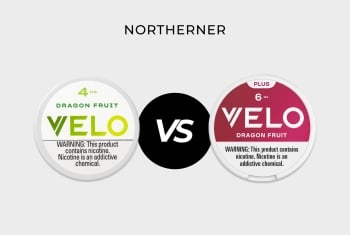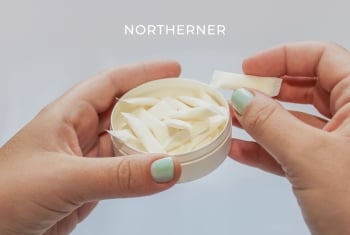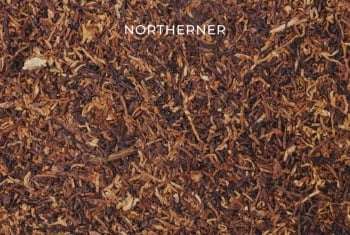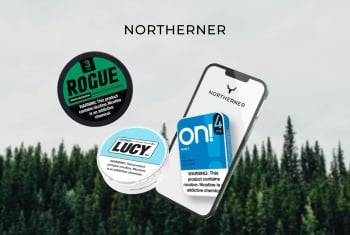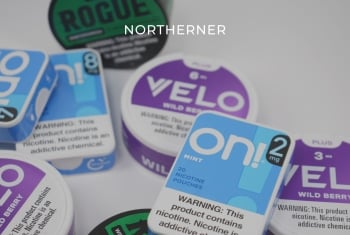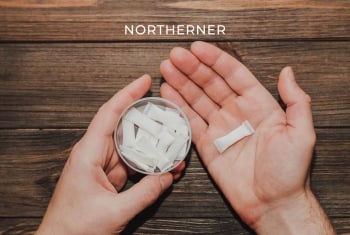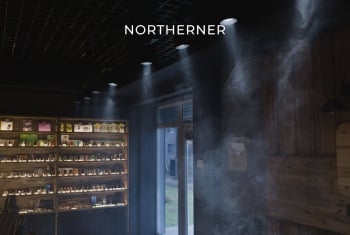The Northerner Blog
Our Quitting Nicotine Pouch guide will walk you through the process, offering insights on how to quit nicotine pouches, what to expect and the nicotine withdrawal timeline.
Which nicotine pouch is right for you—VELO or VELO Plus? Forget everything you know and find your perfect match.
Wondering if you can take tobacco or nicotine pouches on a plane? We’ve got the answers—here’s what you need to know before you fly!
Are you wondering how you use nicotine pouches? We guide you step by step on how to use them and what to think about.
Learn what flavor bans are, why they’re appearing across the US, and how these restrictions impact adult access to regulated nicotine products.
Learn about the history of American Oral Tobacco and Nicotine Pouches
WHO’s COP11 took place behind closed doors, prompting global experts to gather at GoodCop 2.0 just blocks away. Their message: harm reduction deserves a seat at the table.
Stress on the frontline has historically led to higher rates of tobacco use among servicemen & women, even beyond active duty. Thankfully alternatives now exist.
The US nicotine landscape seems to be shifting fast, but it's actually been a decade in the making. We look at the latest from the FDA & what led us here.
Looking for a certain brand? Flavor? Strength? We take the guesswork out of getting your nicotine pouches and give online shoppers the edge. Here's how.
For us, compliance is more than just ticking a box. It's about product testing & transparency, so you can shop with confidence today and tomorrow.
Experts argue that restricting access to reduced-risk nicotine products may do more harm than good, urging smarter regulations over blanket online sales bans.
Discover Northerner’s most popular nicotine pouch brands and customer favorites for 2025.
Cigarette prices in Australia are among the highest in the world, pushing smokers toward the black market and raising tough questions for policymakers.
A pilot study suggests Stingfree PROTEX® nicotine pouches, designed with a protective barrier, may help reduce gum irritation for users.
At Northerner, we believe loyalty deserves recognition. That’s why we created a program that turns your shopping into something more.
While the media fixates on RFK Jr.'s personal pouch use, our VP of Regulatory Affairs says it's refreshing to see him give a voice to millions of adult users.
When it comes to enjoying nicotine this summer, there’s no reason to add more smoke to the scene. We share our top seasonal selections in this guide.
A surge in illegal vapes infiltrating the US exposes nicotine users to unnecessary risks. We explain why shopping with compliant retailers who do their own product testing is important.
Did you know you can save on your next order of nicotine pouches and gums if you're in the military? Find out how and who else is eligible through GOVX.






